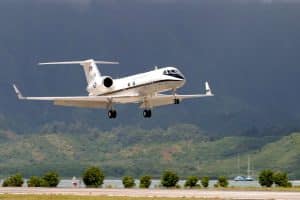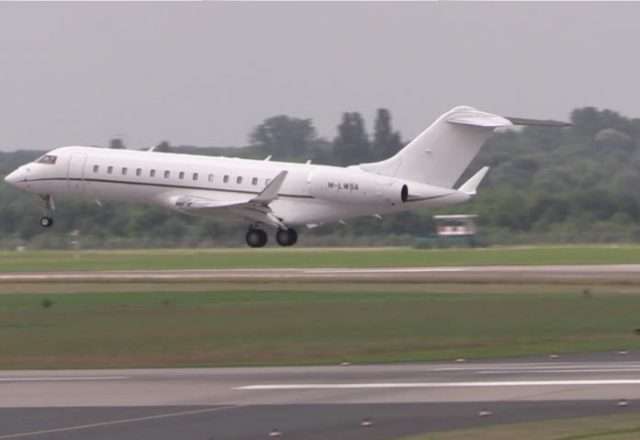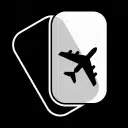How Much Runway Does a Private Jet Need? Private Planes and Runway Length
How does aircraft type, elevation and the environment factor into determining private planes and runway length? Aircraft manufacturers go to incredible lengths to determine the recommended runway length for each and every private jet—and size is just one of several factors under consideration.
How much runway does a private jet need? When it comes to private planes and runway length, they also look at the altitude of the runaway, the weight of the plane, and environmental conditions such as air temperature.
How long does a runway have to be for a jet?
Aircraft type is the biggest factor that determines if the runway length for private jets. Typically, the larger the aircraft, the longer the runway needs to be. However, there are other factors that also need to be taken into consideration when it comes to private planes and runway length. They include:
- The aircraft’s maximum takeoff weight
- The aircraft’s engine thrust
- How fast the aircraft can reach its take-off speed
How does elevation impact private planes and runway length?
What jets can land on a 5000 foot runway? If the runway is at sea level and the runway length is 5,000 feet then turbo props, light jets, mid-size jet and heavy jets have the performance.
It’s important to note that for every 2,000 feet of elevation, you need an increase of 1,000 feet in runway length. There are some jets that have straight wings that can accommodate 5,000-foot runways such as the Citation V/Ultra/Encore and Falcon 50.
Can a jet land on a 3000 foot runway? Yes. Turboprops can land on a runway that measures 2,800 feet and sits at sea level.
Can a 747 land on a 5000 foot runway? Yes, but only if it has an operation landing weight of no more than 475,000 pounds and the runway sits at sea level.
How much runway does a 777 need? When conditions are perfect and the runway sits at sea level, a Boening 777 would require at least 8,000 feet of runway to land safely.
What is density altitude and why is it important for pilots to know an airport’s elevation?
Density altitude is what pilots use to determine the performance of an aircraft when it comes to taking off and landing in high altitude airports. Three factors that can determine air density include:
- Temperature
- Altitude
- Humidity
As air is less dense at higher altitudes and in higher temperatures, there is less air to support the aircraft, so more groundspeed is required for the lift required at take off, which means a longer runway is necessary.
All these factors have to be kept in mind, as the performance of private planes in a lower altitude airports are nowhere near their performance on a hot, humid day at a high altitude airport. A reduction in air density can reduce the engine’s horsepower as well as the aerodynamic lift and drag.

How does aircraft weight affect private planes and runway length?
Both weight and balance are important in order to fly safely and efficiently. According to the FAA, the maximum allowable weight of an aircraft is based on the surface area of the wing, and how much lift it will generate at a safe and appropriate speed.
The heavier the aircraft, the longer runway it will need for a clear take off. The weight of an aircraft can also affect its stall speed before it is able to climb into the air or descend from the air. Pilots and crew have to be aware of adding too much weight, as this will have an adverse effect on the climb and cruise performance.
For more on safety standards, read our article Accredited Air Charter Brokers Ensure Pilots are Licensed to Fly.
Safety is our number one priority at Stratos Jet Charters. As an ARGUS certified charter broker, our focus is to align the requirements of your flight itinerary with the best aircraft for your flight. Call us to learn more!
Are you ready to book your Denver and Las Vegas charter flight yet?
Our friendly, expert air charter agents are here to answer questions or start your quote today. Don`t wait, call now and we'll get you on your way to your destination!
Call 888-593-9066











